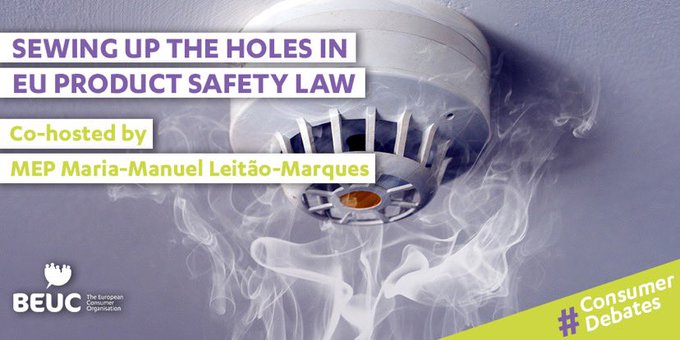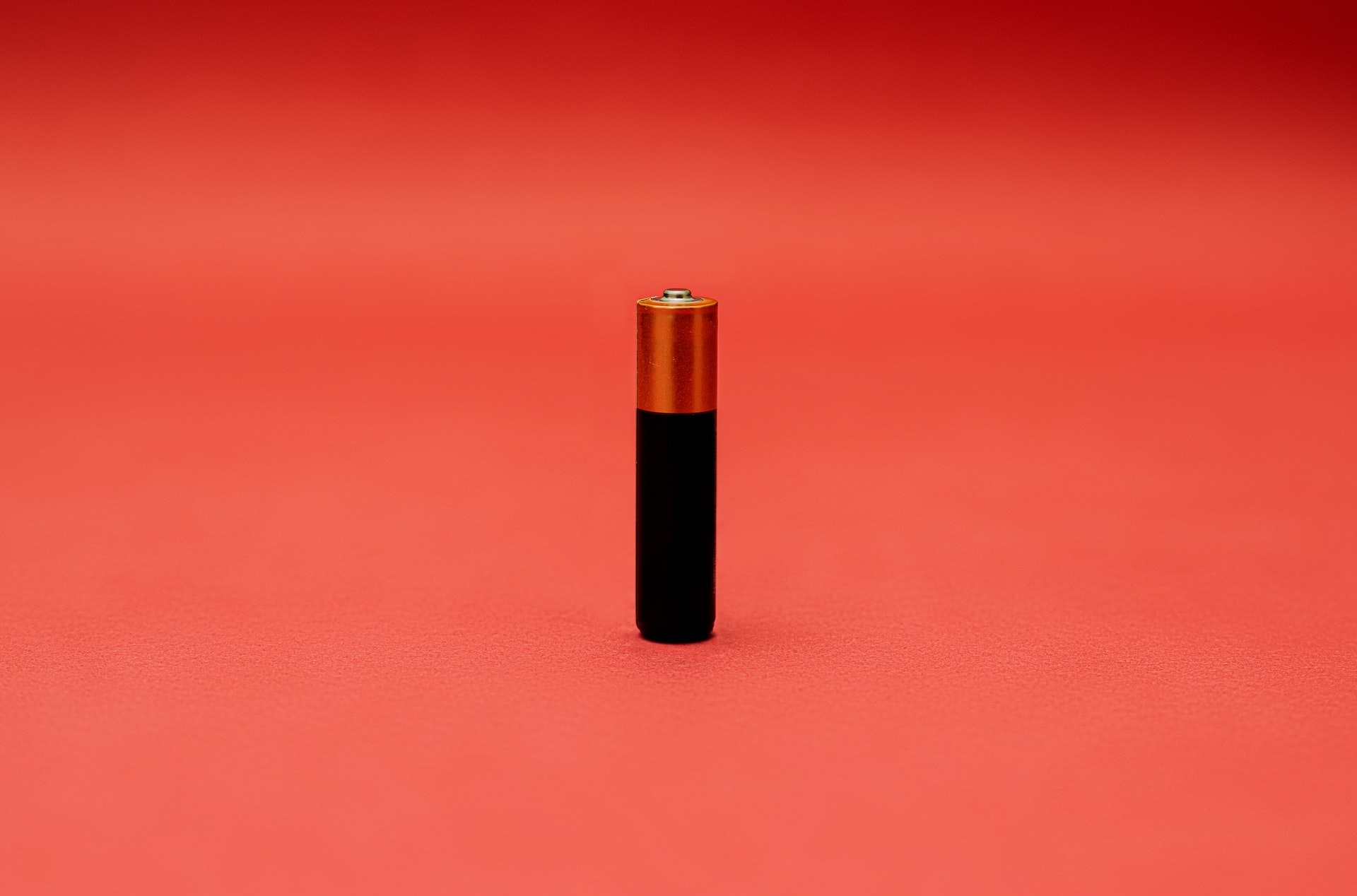Lead story
Ecodesign
Back to the future!
Since 1 March, a clearer energy label has appeared on fridges, TV sets, dishwashers and washing machines on sale across Europe. This is the first step in a lengthy process that will help consumers better understand how much energy their household appliances consume. The major change is that the unloved and misleading A+, A++ and A+++ energy efficiency classes will disappear, meaning the label will revert to its original scale of A to G. This move is the consequence of a deal the EU institutions adopted in 2019. Most importantly, it allows consumers again to follow the message, “Buy A!”.
The change is not about the product’s energy consumption, but only its score. As a result of the rescale, an electrical appliance scoring A+++ in the current system may be classified as only a C, D or even an E appliance under the new label. This might seem confusing, but consumers need not worry. The differences between the current and new scores are due to refined measurement methods adopted by the EC. In short, the ‘downgrading’ of a product’s energy class means only that the new score is more accurate and helpful. See the ANEC-BEUC press release (https://bit.ly/38c73Qd) and factsheet (https://bit.ly/2NTLk8Q).

Horizontal
EC CSN subgroup on new technologies
ANEC has been active in the work of a sub-group of the European Commission’s Consumer Safety Network, set up to advise on the impact of new technologies in the framework of the revision of the General Product Safety Directive (GPSD).
The work has now come to an end with adoption of an Opinion of the sub-group on Artificial Intelligence, connected products and other new challenges in product safety. We are pleased its recommendations reflect several proposals from ANEC and BEUC.
The Opinion can be read at https://bit.ly/3kKIejk.

ANEC speaks on GPSD revision
ANEC Secretary-General, Stephen Russell, was a panellist during a webinar co-hosted by BEUC and MEP Maria-Manuel Leitão-Marques on 25 February. The webinar, “Sewing up the holes in EU product safety law”, focused on the revision of the GPSD announced in the New Consumer Agenda of November 2020.
Focusing on connected products, Mr Russell stressed the need for a revised GPSD to require a product to be safe and (cyber)secure, not only when placed on the market, but throughout its expected lifetime. In order to achieve a prompt legislative answer to these new risks, he proposed that regulators use the revised GPSD to set the requirements for a safe product, and mandate standards to define how those requirements be met and assessed. Of course, it was essential the participation of all interested stakeholders in the standardisation process be supported and their voices heard.
He also called for the market surveillance & conformity provisions now applied to products covered by sectoral legislation to be extended to products covered by the GPSD. He added that the provisions now applicable to a toy cot (under the Toy Safety Directive) were tougher than those applicable to the cot of a child (under the GPSD), which was nonsense. In order to help protect consumers, he argued it was time for high-risk products, or certain products used by vulnerable consumers, to be subject to independent, third-party certification. He considered the risks of some connected products to be too high to rely only on the usual Supplier’s Declaration of Conformity.
During the panel discussion, Mr Russell repeated the call of ANEC & EuroSafe for the creation of a pan-European accidents & injuries database, and the need for the GPSD revision (which he hoped could be a Regulation with direct legal effect) to complement specific legislation on the chemical safety of products.
The webinar, hosted by journalist Jack Parrock, can be watched at https://bit.ly/388B3wn.

ANEC replies to evaluation of EU Statistical Programme
ANEC has used a public consultation on the final evaluation of the EU Statistical Programme to repeat its call with EuroSafe for creation of a pan-European accidents & injuries database. The lack of a database on consumer product-related accidents & injuries makes it difficult to assess where legislative or standardisation measures are needed, or to assess the success of measures taken. See https://bit.ly/2O5Gaq5. The results should be known in Q2/2021.
Targeted prevention needs data about the frequency and severity of injuries, as well as on the concerned population group and the circumstances. Without reliable information on risk factors, evidence-based priorities regarding population groups, products or settings cannot be set. In order to improve consumer safety, robust injury data is required, similar to that available on road & workplace safety.
Our position paper with EuroSafe can be read at https://bit.ly/3utsTYH.

ANEC proposals for enforcement activities
Claims of the compliance of a product with legislation or standards mean nothing if the claim is false. Hence effective surveillance and enforcement are key. Following consultation of the ANEC members, on 21 January, we submitted proposals for joint market surveillance actions to DG JUST. These will be considered in setting future priorities under CASP (Coordinated Activities for the Safety of Products).
Our proposals can be read at https://bit.ly/3bYEAzP. More information on CASP can be found at https://bit.ly/2OkgCFJ.

‘Batteries - modernising EU rules’
ANEC has replied to the EC public consultation ‘Batteries - modernising EU rules’. It concerns a proposal for a Regulation on batteries and waste batteries. In line with the Green Deal and other sustainability-related policies, this initiative would update the EU rules to ensure all batteries are produced sustainably (i.e. with low resource consumption and little waste generated) and ensure they can be easily recycled.
In our reply, we raised safety-related aspects not reflected in a recent draft Standardisation Request (SReq) as it only covered performance, sustainability, information, lifecycle, re-use and recycling. We especially noted no regulation is currently in place to prohibit the placing on the market of batteries of different voltages, but the same dimensions.

Digital Society
Mobile chargers
One of our most important asks in recent years has been for the introduction of a common charger for smart phones and other portable devices. In January, we replied to a stakeholder survey supporting the EC Impact Assessment Study to assess the unbundling of chargers.
In 2019, we supported a plug charger with detachable cable and USB Type C socket on the plug charger, in line with the assessment of the EC on the feasibility of a mandatory common charger. We also commented that in addition to technical interoperability, it is important to ensure consumers are given the choice of whether to buy new charger each time they buy a new device (so called “decoupling” or “unbundling”). See https://bit.ly/309DVVl.
In summary, in our reply to the stakeholder survey,
- we repeat our support a mandatory universal plug-charger with a detachable cable and a USB Type C socket on the plug charger for all mobile devices (if technically possible);
- we confirm our wish for consumers to have the choice of whether or not to buy a new charger each time they buy a new device;
- we note the recent decision of some mobile phone manufacturers to sell a phone without a charger strengthens the case for a mandatory common charger.
Last but not least, as many persons with disabilities struggle to identify or use the chargers needed for their devices, all devices should use the same charger outlet, and the charger should have a symmetry that allows an easy and unconscious fitment to the device/power supply. By adhering to a consistent design, the experience of persons with disabilities will be much improved.

European Standards in support of the Cybersecurity Act
ANEC spoke the ENISA/CEN/CENELEC/ETSI workshop on cybersecurity standardisation and the Cybersecurity Act which took place on 2-3 February. See http://bit.ly/3uWpTEq.
On the first day, the EC presented the complementarities between a delegated act under the Radio Equipment Directive and the future cybersecurity law. In December, the European Council had approved conclusions that underline the importance of assessing the need for horizontal legislation in the long-term in order to address all relevant aspects of the cybersecurity of connected devices (such as availability, integrity & confidentiality). The EC mentioned the horizontal legislation in its Cybersecurity Strategy, also in December. We welcome these developments as they meet our long-standing request for cybersecurity legislation on IoT devices. Some participants stressed the need to avoid regulatory burden and to set pragmatic objectives for conformity assessment to Harmonised Standards.
The ANEC expert took part in a panel on the second day, and discussed the consumer view on cybersecurity, emphasising consumer trust is key when it comes to safety, market forces and influence on standards.
A presentation of ETSI EN 303 645 and its use took place. It was discussed that the standard can be used for certification scheme and can be adapted for the implementation of the RED delegated act. Also, the challenges of objective assessment were discussed, as well as the German dynamic label based on EN 303 645, and the CEN-CENELEC JTC 13/WG 3 evaluation methodology of prEN 17640.

Services & Domestic Appliances
EU FireStat - Closing data gaps
In December 2020, we welcomed an invitation from DG GROW to participate in the Steering Group of the new EU FireStat Project. The European Parliament and the Fire Information Exchange Platform (managed by the EC) have identified a need to explore the potential of more coordinated and harmonised fire safety data and statistics at the European level.
The aim of the project is to map the terminology used, and the data collected, by EU Member States regarding fire events, and to propose a common terminology and a method to collect the necessary data in each Member State with a view to obtain meaningful datasets.
The Steering Group held its first meeting on 22 January. A significant amount of background work had already been done, and a comprehensive website set up (http://bit.ly/3sPGsjO).
ANEC stressed the importance of the quality of data. Much data is from official sources only which does not include firefighters’ organizations/unions. As their views may not necessarily concur with those of the regulators, it is important to allow them to contribute and establish the fullest view possible. We also believed “near-misses” may not necessarily be included in official figures, although these can help identify future fire safety problems. A near miss is an event where a serious fire had been prevented by e.g. a sprinkler system operating or a flame-retardant material stopping the spread of a fire. Such near-misses may not result in the fire service being called, or the incident recorded, but could have a significant impact on future provision of such systems and point the way to more effective fire safety solutions.

Services
Security standards matter for consumers
Over the past year, the CEN-CENELEC Sector Forum on Security (SF-SEC) has held several meetings. The strategic role of the SF-SEC is to consider how standards can help ensure a higher level of internal security in Europe. ANEC highlighted topics such as ‘communities’ and ‘children’ as part of citizen requirements, with the SF-SEC now publishing a brochure as its first key deliverable, “Security Standardization Matters”. See https://bit.ly/3e99tTi.
The Sector Forum is gaining momentum and is likely to become a key influencer in security standards coordination. It plans an event on security standardisation by the end of 2021.

Traffic & mobility
Vehicle safety – advanced safety features
According to a new proposal, all new vehicles sold from May 2022 will need to be fitted with advanced safety features, including monitors that detect when a driver has become drowsy or distracted; an emergency stop signal to help prevent rear-end collisions; parking aids, and an alcohol interlock system to prevent drink driving. See http://bit.ly/2O0pdgS.
ANEC supports the proposal as vehicle safety is a priority concern for many consumers. In our answer to the related consultation, we also supported ISA (Intelligent Speed Assistance) devices, noting that “cascaded acoustic warnings” alone will not be effective in compelling drivers to reduce excessive speed. We think the best option to be a “speed control function” which limits engine power, but a very high standard of accuracy for speed limit detection is needed and far better than the in-car devices used today. ANEC will continue to follow these new advanced safety features and their link to Intelligent Transport Systems.

News from ANEC member countries
Germany
New standard for vacuum cleaner dust bags
Buying new dust bags for a vacuum cleaner can cause confusion for consumers. The plethora of choices makes it hard to know which is the right one for the cleaner at home. Bags differ among vacuum cleaner brands and sometimes even knowing the brand of the cleaner is not enough. There are different dust bags for different models from the same brand. In addition, producers of dust bags use their own marking systems. For example, the same dust bag is marked as G ALL plus, S 73 or SP 6.
Over 20 years ago, the DIN Consumer Council asked for a standard to solve this problem and make life easier for consumers. Unfortunately, the project failed due to lack of support from the manufacturers of vacuum cleaners and vacuum cleaner bags.
In 2020, the situation changed. As one of 18 innovative projects funded by DIN-Connect, a funding programme for supporting innovative ideas through standards, VDE SPEC 90005 "Dust bag with holding plate for vacuum cleaner – designations, dimensions, sizes, performance" was developed. Participants from manufacturers, test institutes and the DIN Consumer Council, developed the specification within a few months. As a result, VDE 90005 was published in December 2020.
VDE SPEC 90005 specifies shapes and the main dimensions of the holding plate, as well as designs and volumes of dust bags for use in vacuum cleaners. It also specifies the marking of the dust bags, and lays down test methods and requirements for performance criteria, such as strength of welded seam of the dust bag. VDE SPEC 9005 can be downloaded free of charge, but only in German. For more, see https://bit.ly/3pMYwsY.

| List of meetings 2021 |
For comments or if you wish to write an article for the ANEC Newsletter, please contact: Marijana ANTAROROVA (This email address is being protected from spambots. You need JavaScript enabled to view it.).


